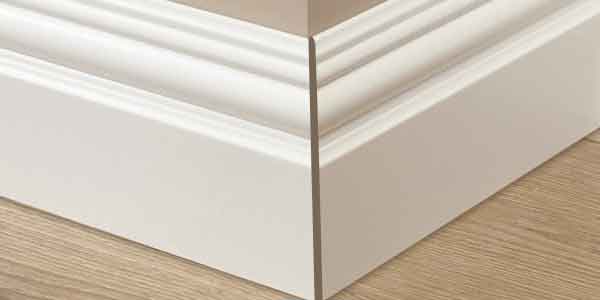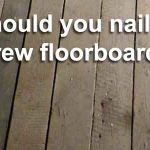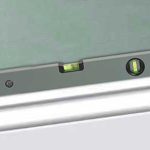If you are adding new skirting boards to a property, one of the first decisions you will need to make, is whether you use MDF boards or timber. Both have advantages and disadvantages. The one you choose will depend on a variety of factors.
One consideration you might make, is whether MDF skirting boards will shrink. After all, timber boards are susceptible to shrinkage, as well as other types of movement, such as bowing and warping.
This type of movement is quite common and is affected by temperature and the levels of humidity in a property. Natural timber used in construction is kiln dried during the production process. However, it still maintains up to 20% moisture content. This means that once it is in a property, the moisture can fluctuate slightly, based on the temperature and humidity in the area they are fitted.

Because MDF is a manufactured board, it contains far lower moisture levels than standard timber. An average MDF skirting boards will have a moisture content of between 4-8% at the point of production.
Due to MDF skirting boards being a wood-based product, they still have the potential to shrink slightly, especially with significant changes in humidity and moisture. However, any movement will be far lower than timber.
For example, when MDF moisture content changes by 1%, this can result in a 0.05% movement across the entire board. Timber on the other hand, will often see movement as much as 10X higher (0.5%).
Because shrinkage is so low, it will usually not be noticed. Any movement will also be decrease even further when the boards are completely finished and painted. Essentially this swill seal the boards and should reduce shrinkage to near zero.
MDF swelling when it becomes wet
Whilst shrinkage in MDF skirting boards is unlikely as a result of changes in humidity, it can still be damaged when exposed to high levels of moisture. A standard MDF skirting board is not moisture resistant. This means it can swell significantly if it becomes saturated.
This would not be the result of humidity in the air. Instead, this type of damage is likely to occur when the boards are exposed to a significant amount of moisture. For example, a burst pipe or a constant leak running onto the boards.
If you are using MDF skirting boards and know there is potential for excess moisture, you can opt for a high density, moisture resistant MDF skirting board. However, this will usually be a little more expensive than your basic MDF skirting.
The advantage here, is when the boards are exposed to higher moisture, they will be far less likely to swell. With that said, they will not be 100% waterproof, so they would still damage if they were exposed to huge amounts of water.
For example, they would not be suitable for outside use, and would still be ruined if they sat in water for a length of time.
The main benefit of moisture resistant MDF, is it will hold up much better in high humidity areas, such as bathrooms where there is naturally high levels of humidity.
Other advantage to using MDF skirting
As we have established, MDF skirting is very unlikely to shrink, and this is not the only benefit of using this type of skirting board. Below are a few more reasons you might want to use an MDF board.
- It doesn’t suffer with any of the other common defects of timber boards. This includes bowing, warping, cupping, shakes, knots, etc. MDF skirting will have a completely straight uniform finish.
- It is very easy to work with. Cutting and installing MDF skirting board is very straight forward.
- MDF is very easy to paint. Boards are completely smooth, and most will come with a base primer. This means you can usually just apply the finishing coat straight to the boards. Also, you don’t have to deal with additional solutions for knots and natural resins seeping from the wood.
- It’s cheaper than timber and even a small saving can add up, especially when you are adding skirting, and architraves to an entire property.
The main disadvantages are:
- It lacks the character of real wood. If you are staining or varnishing the wood, grain and knots can be a really nice feature.
- MDF dust is pretty nasty. You should avoid breathing it in, and ideally you should wear a mask when cutting or sanding MDF.
Conclusion
MDF does not tend to shrink, as it contains much lower moisture content than standard timber. Even when there are large changes in humidity, any shrinkage would not usually be noticeable.
This means that gaps should not form on scribes and mitres that have been cut correctly. MDF can be a good alternative to timber and has several advantages. However, it is a cheaper product. Therefore, it does lack the unique character of a nice piece of solid timber skirting.




